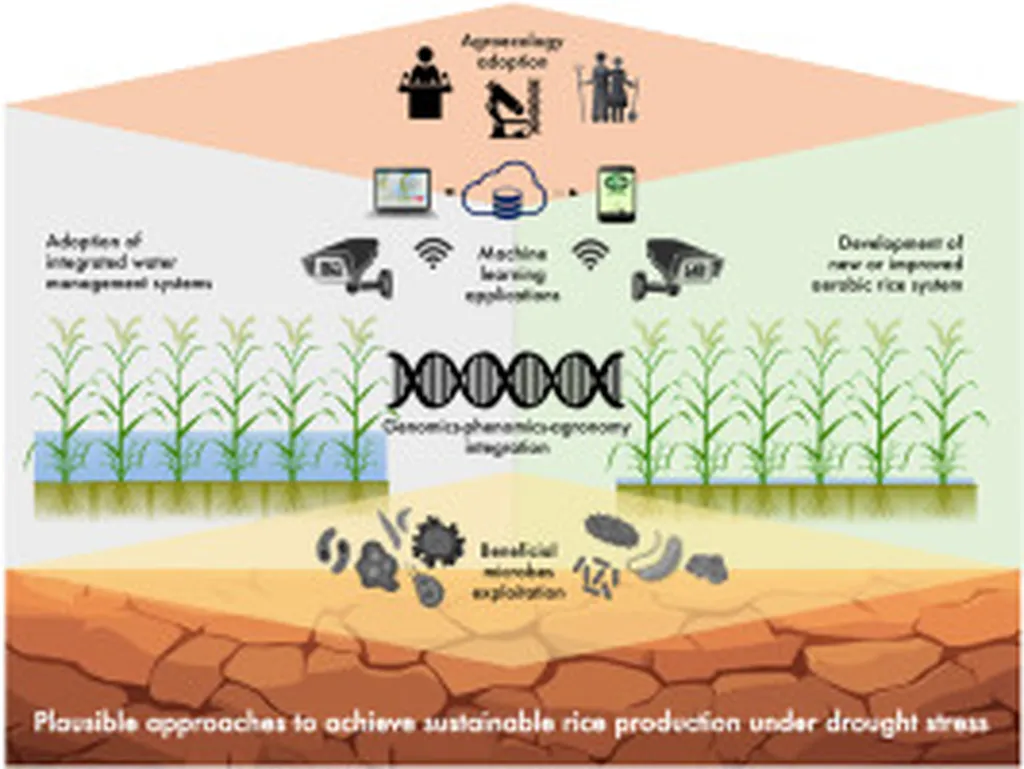In the vast, fertile expanses of Heilongjiang Province, a critical pillar of China’s food security strategy is under the microscope, with new research shedding light on the development and prospects of the japonica rice industry. The study, published in ‘Liang you shipin ke-ji’ and led by LIU Qing from the Suihua Branch of Heilongjiang Academy of Agricultural Sciences, delves into the unique advantages, challenges, and future paths of this vital sector.
Heilongjiang, known for its cold-region ecology, is China’s largest production area for japonica rice, accounting for half of the country’s total planting area and yielding an impressive 32 million tons annually. The province’s natural endowments, such as its rich black soil with organic matter content exceeding 10%, abundant water resources, and significant diurnal temperature range, lay a robust foundation for high-quality rice production.
The study highlights the collaborative driving force of technology and policies, with a remarkable 69.8% agricultural science and technology progress contribution rate and a 99.32% mechanization rate. However, the industry faces dual bottlenecks: insufficient investment in biotechnological breeding for resistance to rice blast and low-temperature tolerance, and a disconnect in industry-university-research collaboration due to the “small, scattered, and weak” nature of seed industry enterprises.
LIU Qing emphasizes the need for a three-dimensional development strategy. “We need to cultivate high-quality varieties like Suijing 18 through molecular marker-assisted selection, promote intelligent irrigation and blockchain traceability technologies, and construct a ‘variety-technology-brand’ system,” LIU explains. This strategy aims to achieve a 5% increase in unit yield and boost the brand value of geographical indication products like Wuchang Rice to 71.3 billion yuan.
The research underscores the importance of breaking through the limitation of short growth periods in cold regions through intelligent breeding and addressing market competition through brand upgrading. It calls for increased investment and exploration in scientific and technological innovation, achievement transformation, and brand building to support national food security and economic and social development.
This study not only provides a comprehensive analysis of Heilongjiang’s japonica rice industry but also offers valuable insights into the future of the agriculture sector. By focusing on variety innovation, technology policy, and development strategy, the research paves the way for enhanced commercial impacts and a more secure food future. As the world grapples with the challenges of feeding a growing population, the lessons from Heilongjiang’s japonica rice industry could resonate far beyond its borders.

